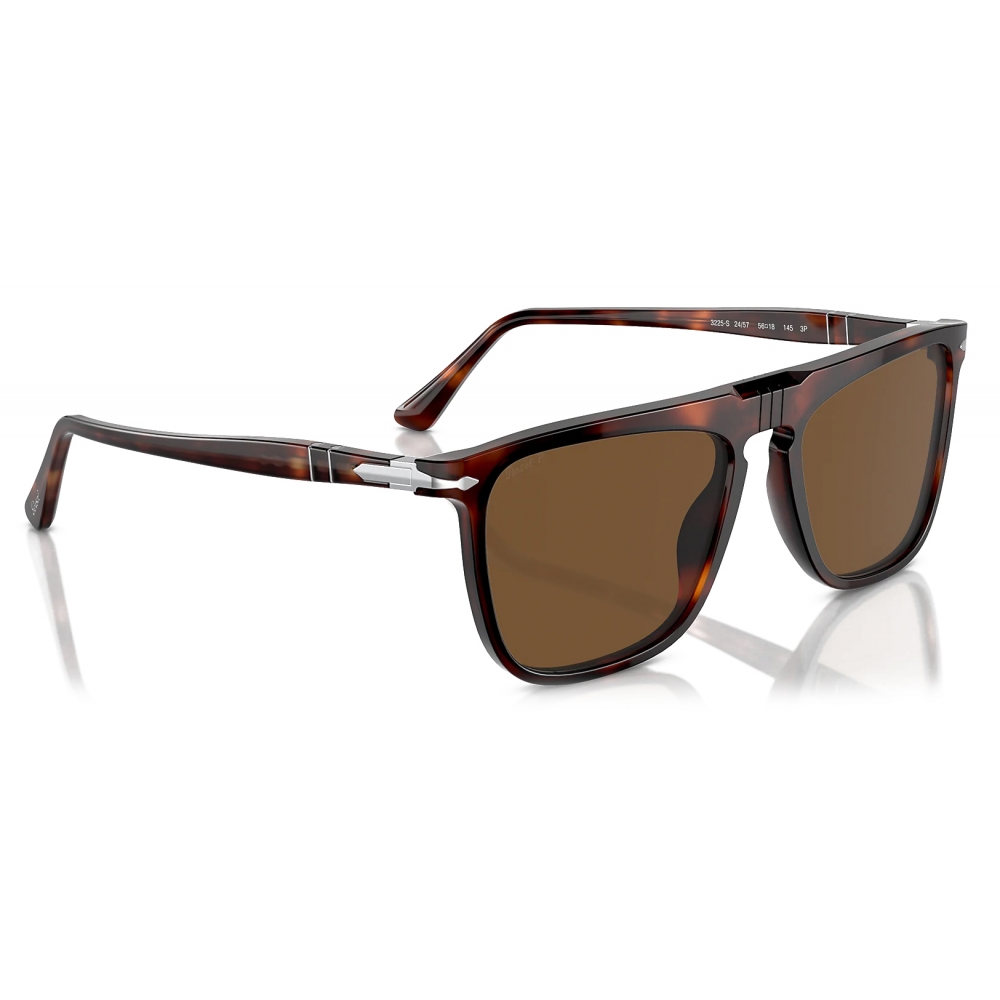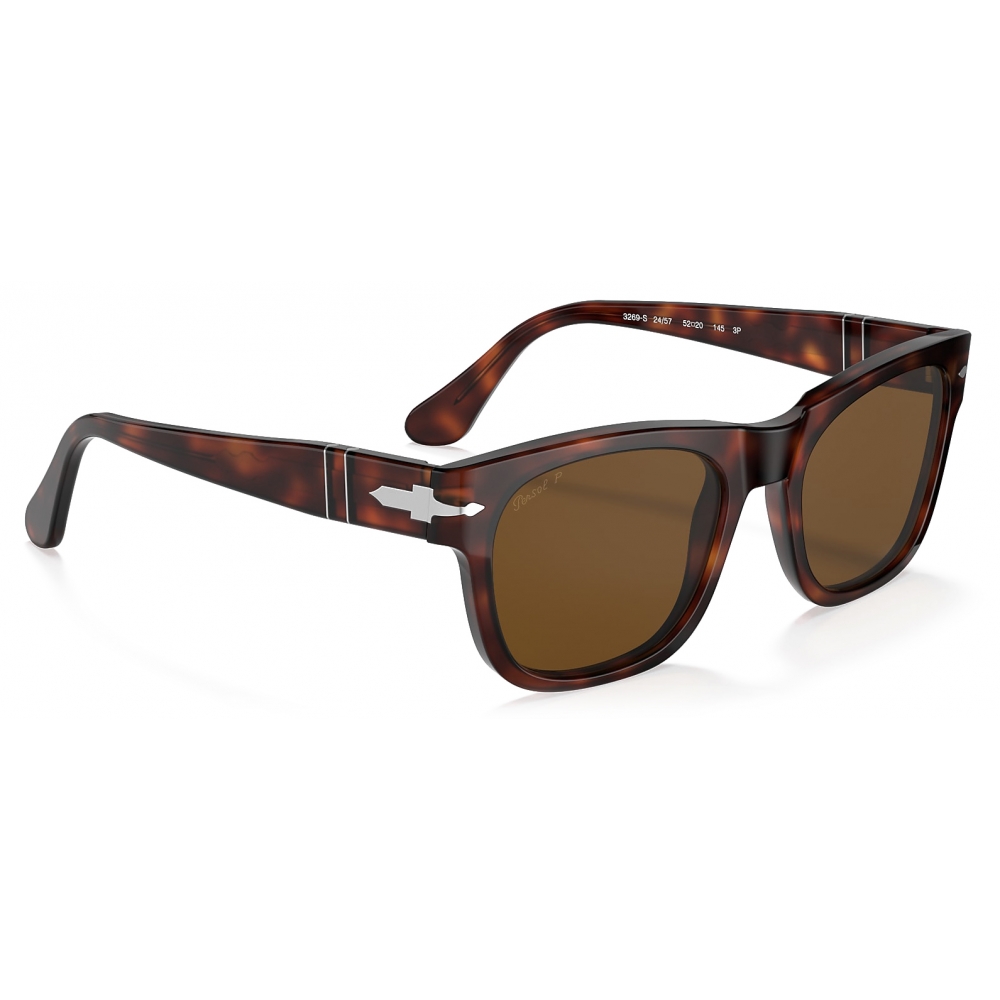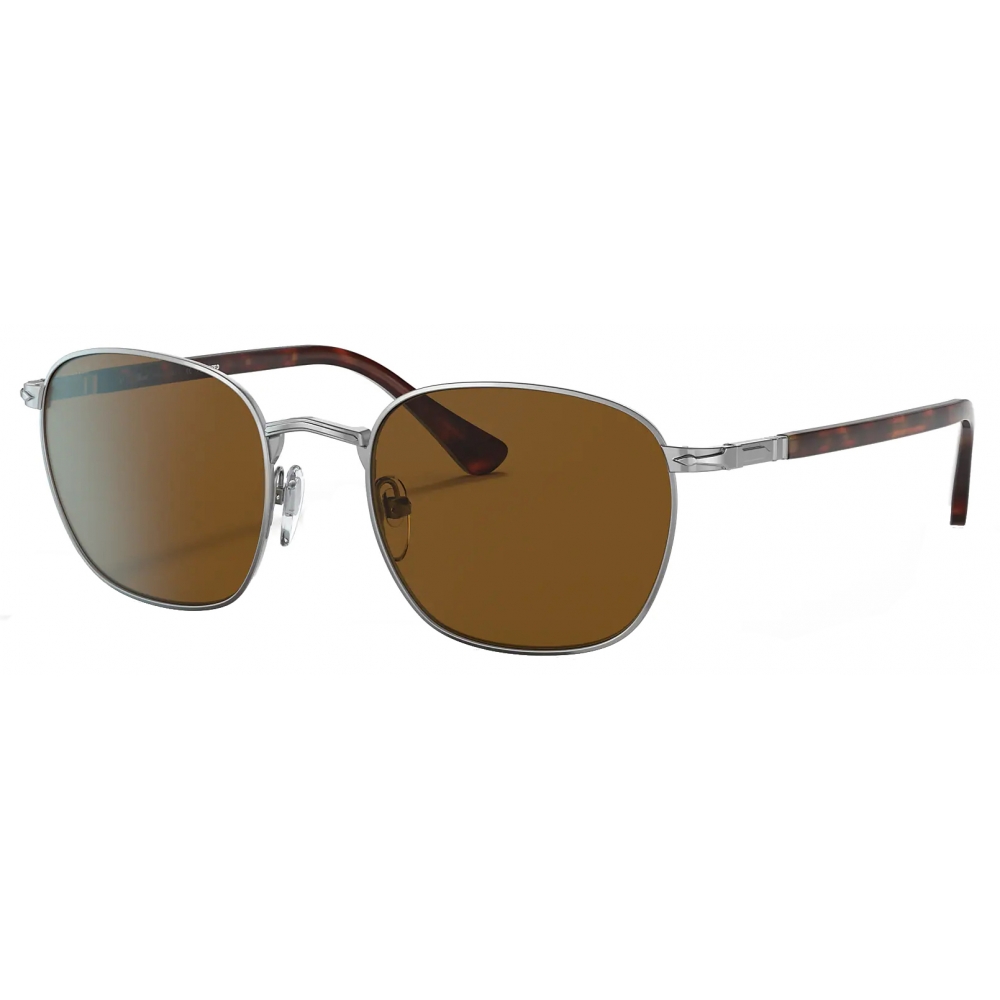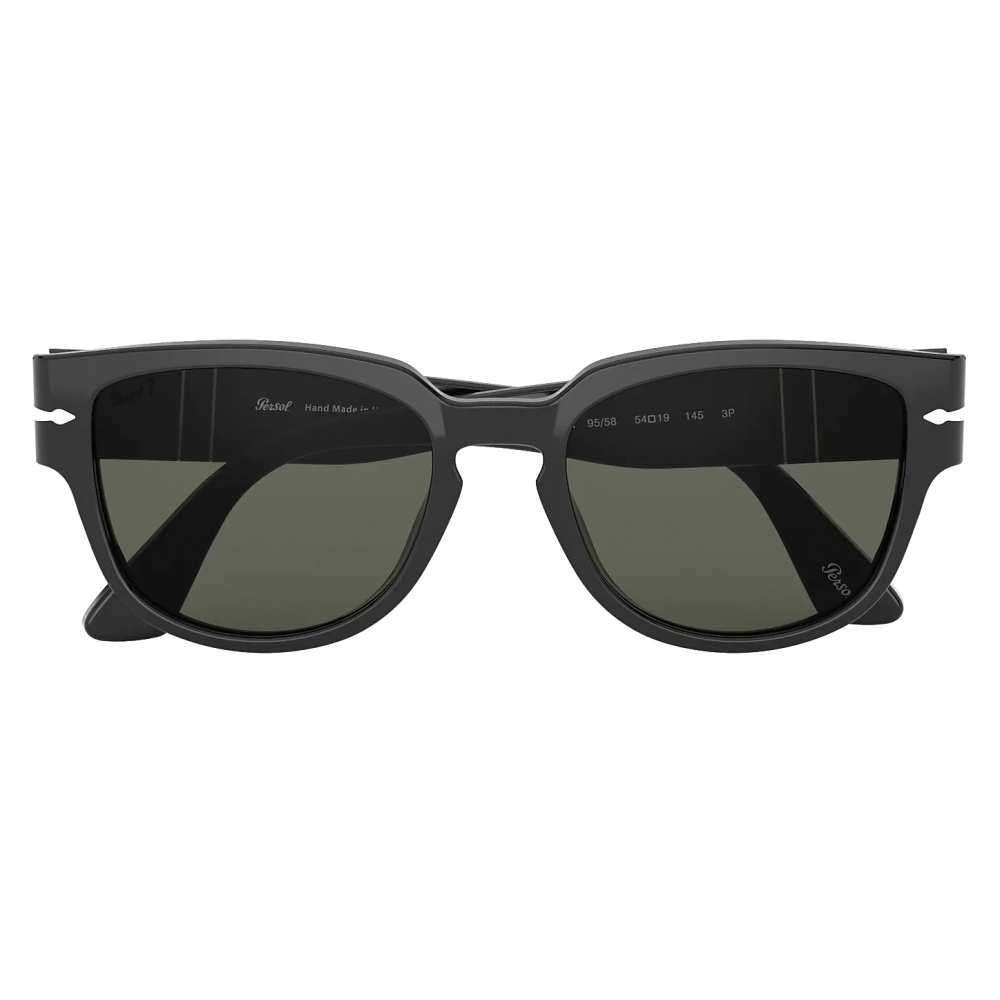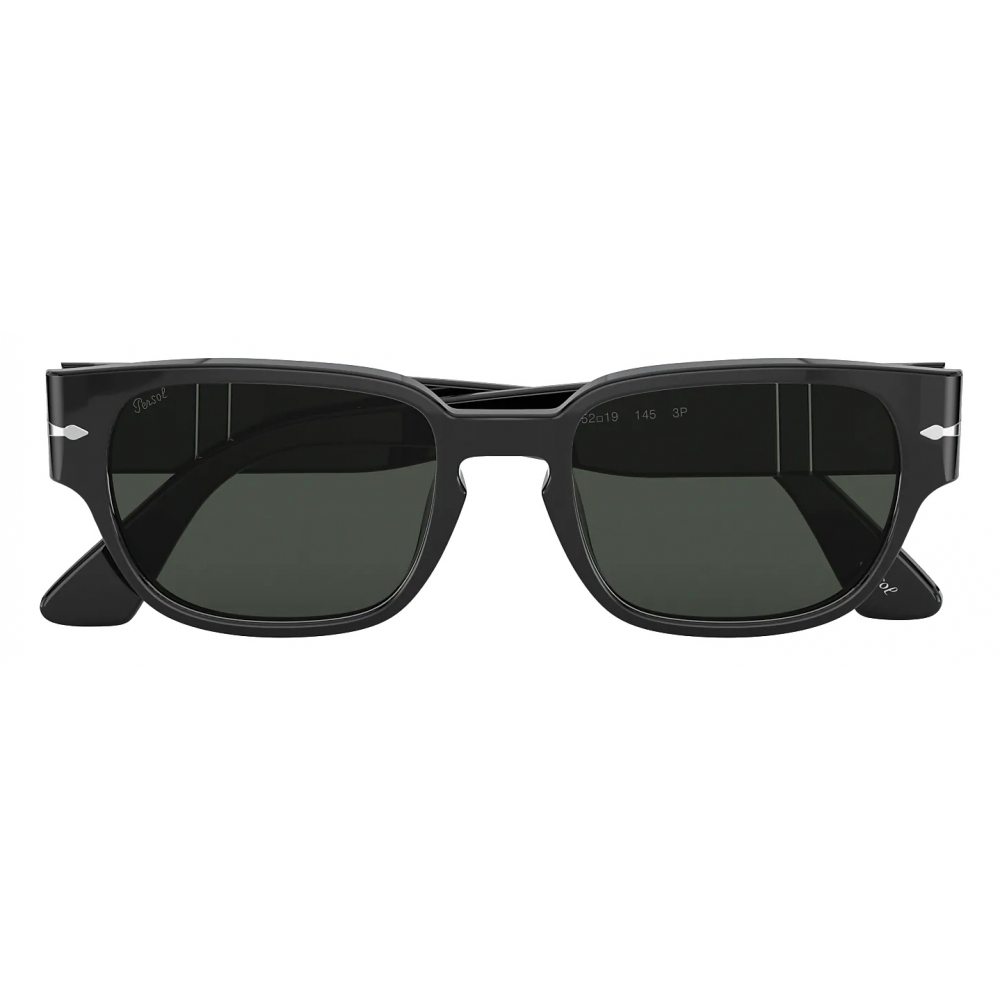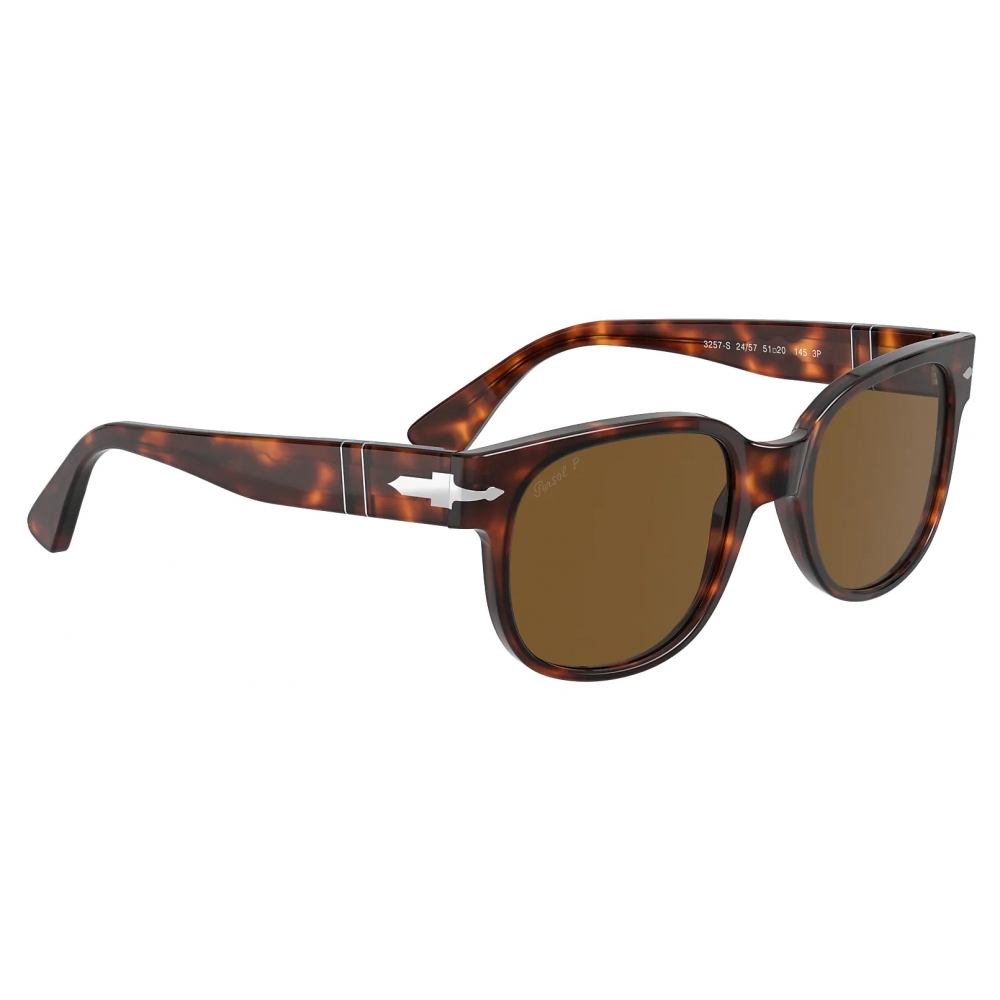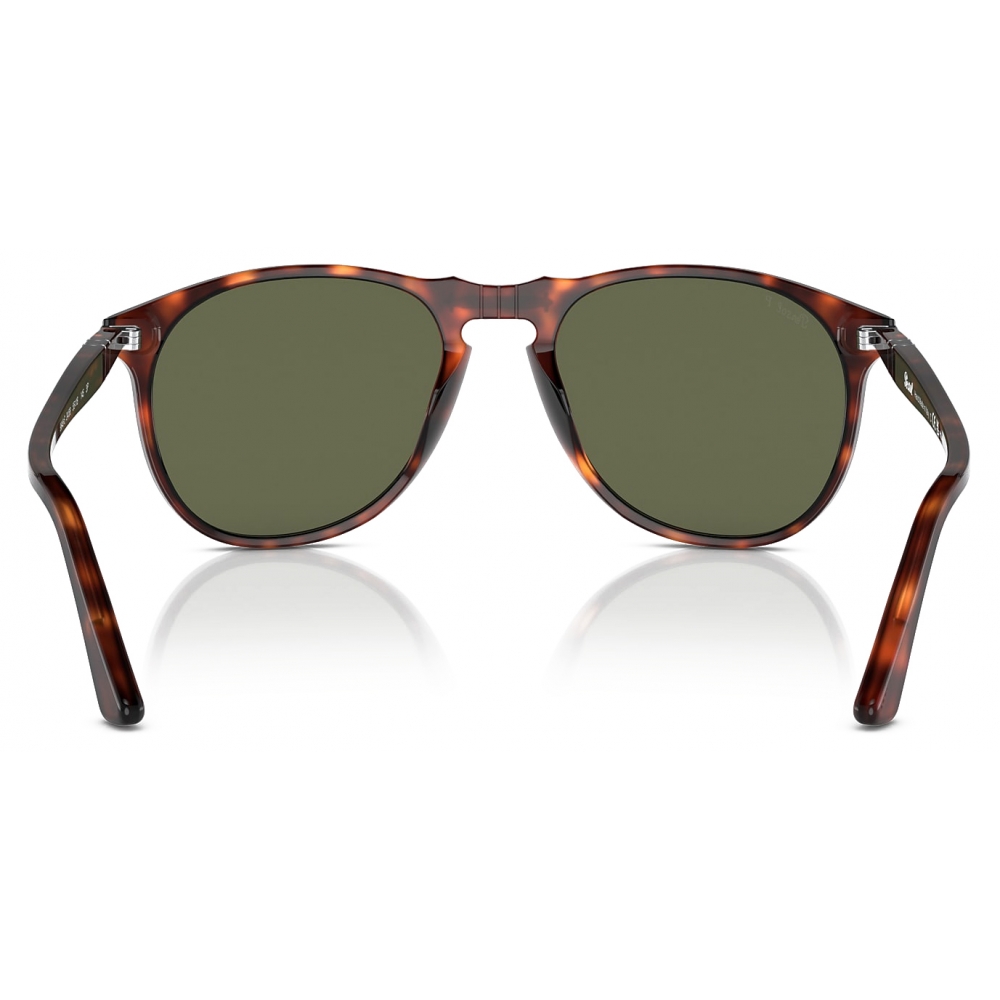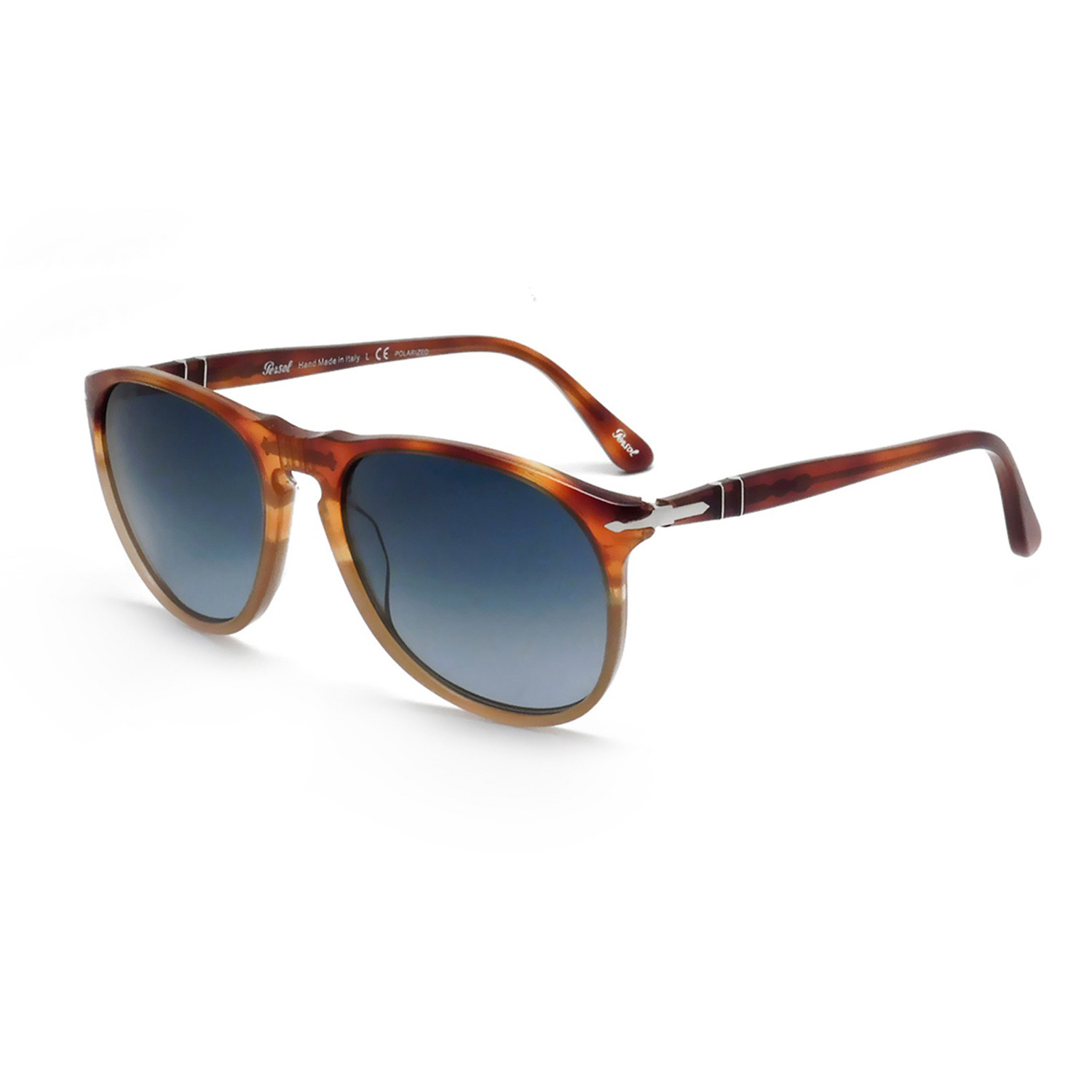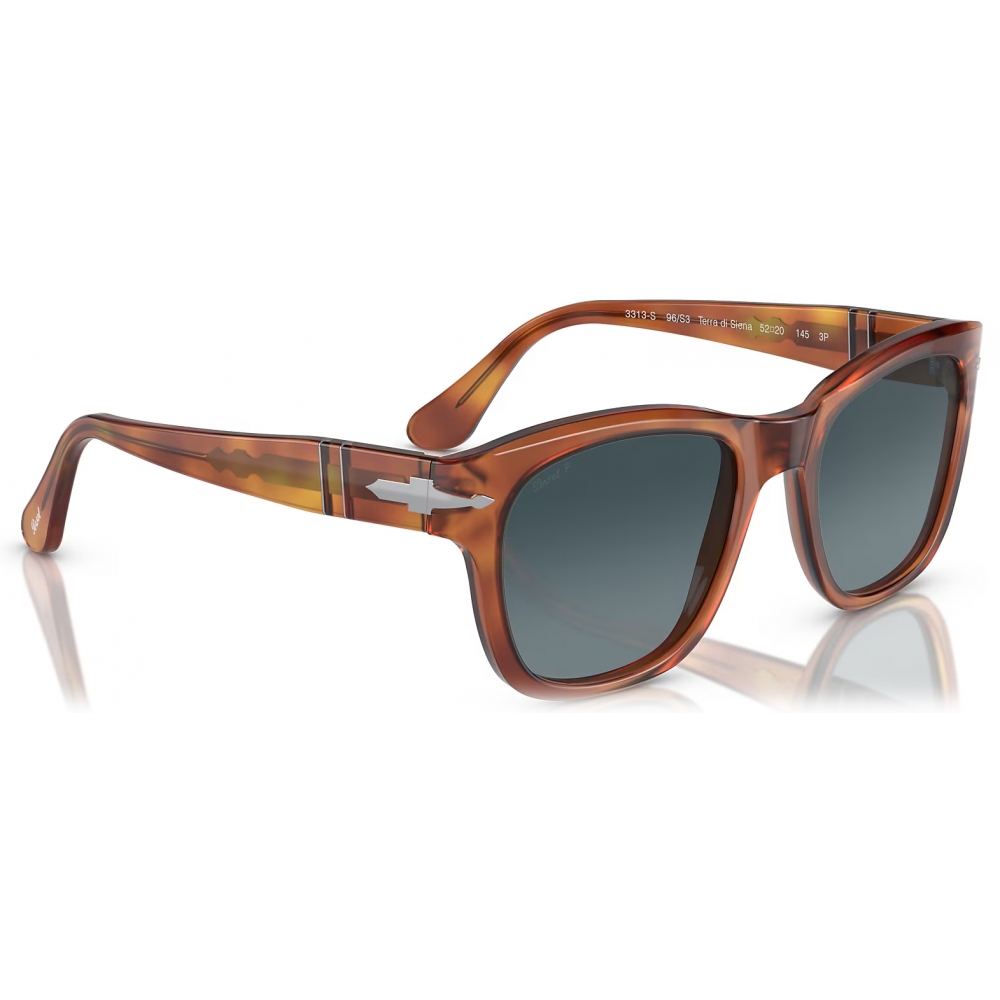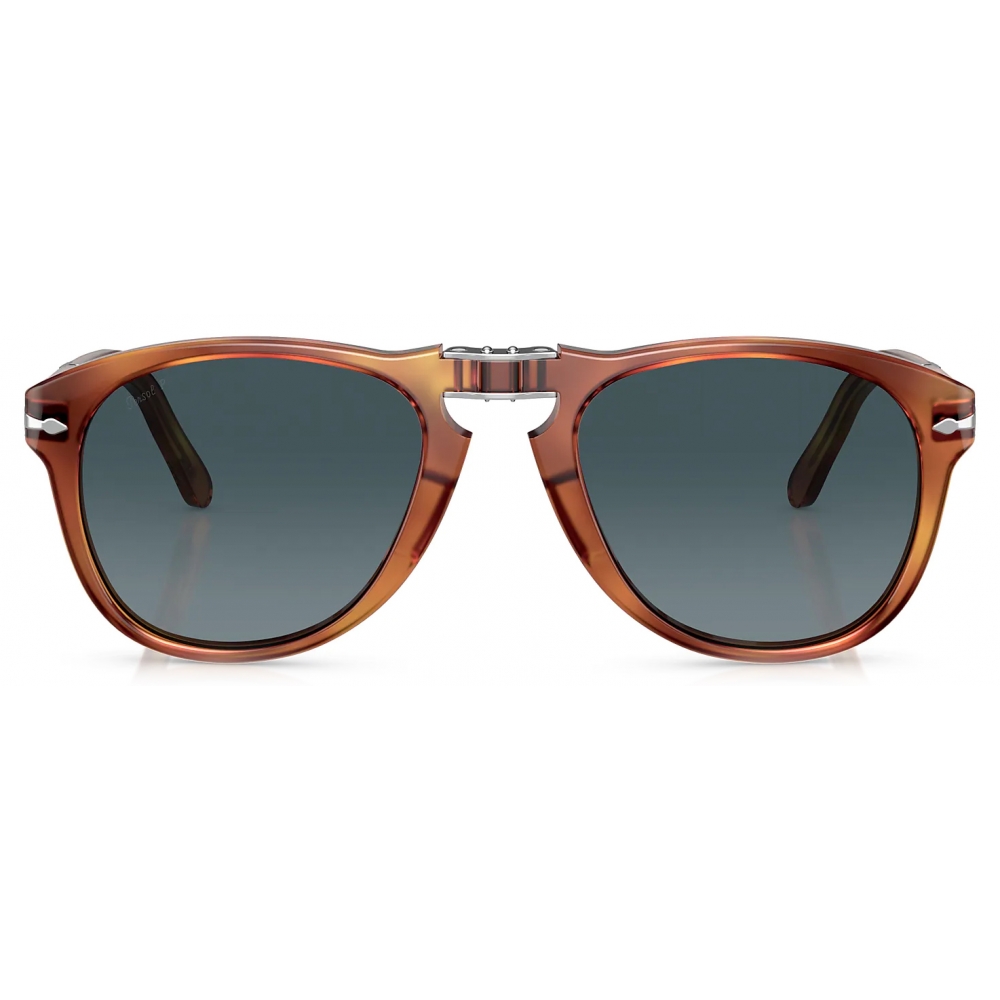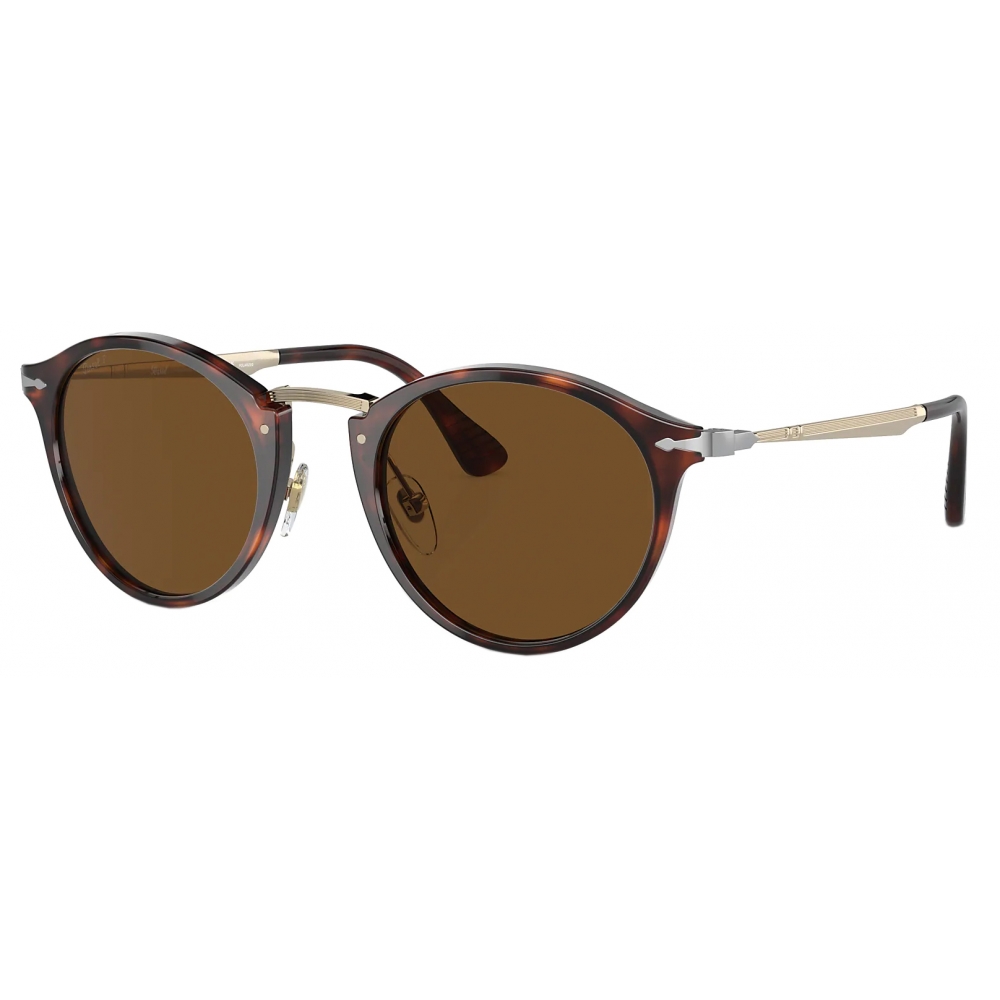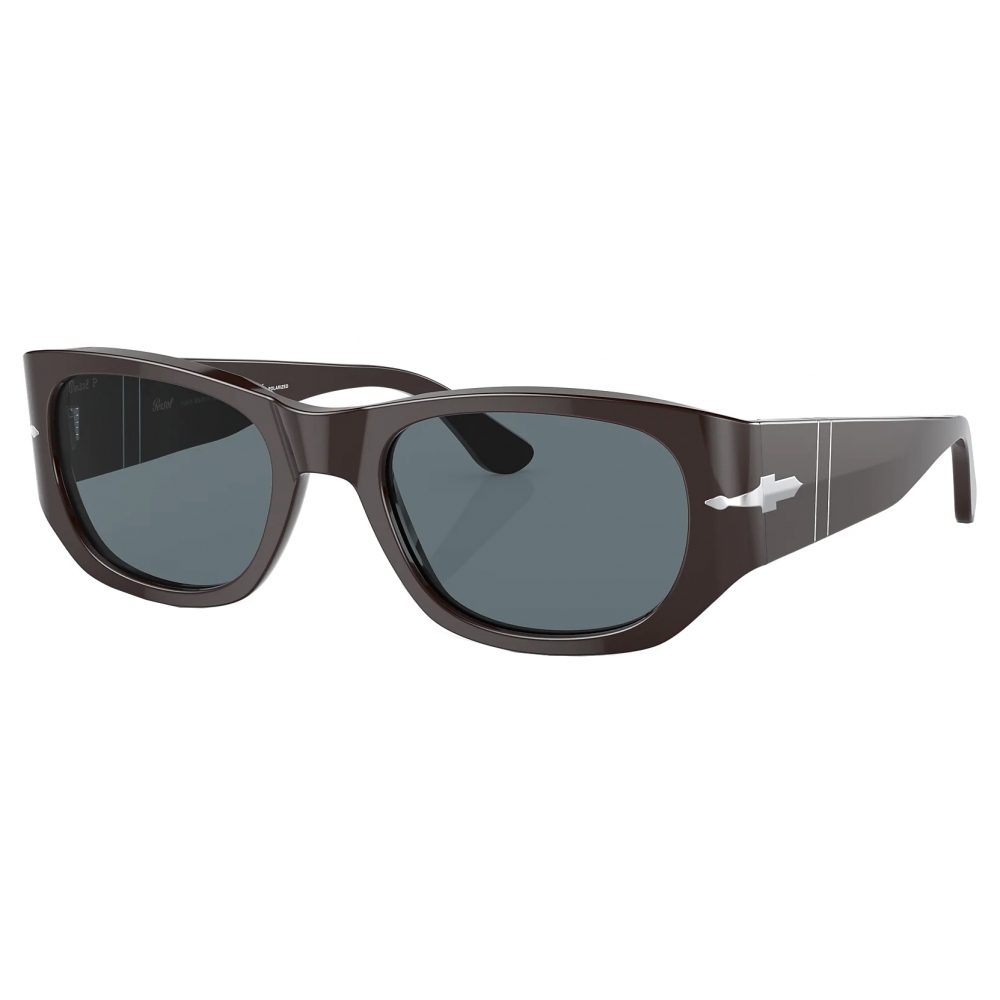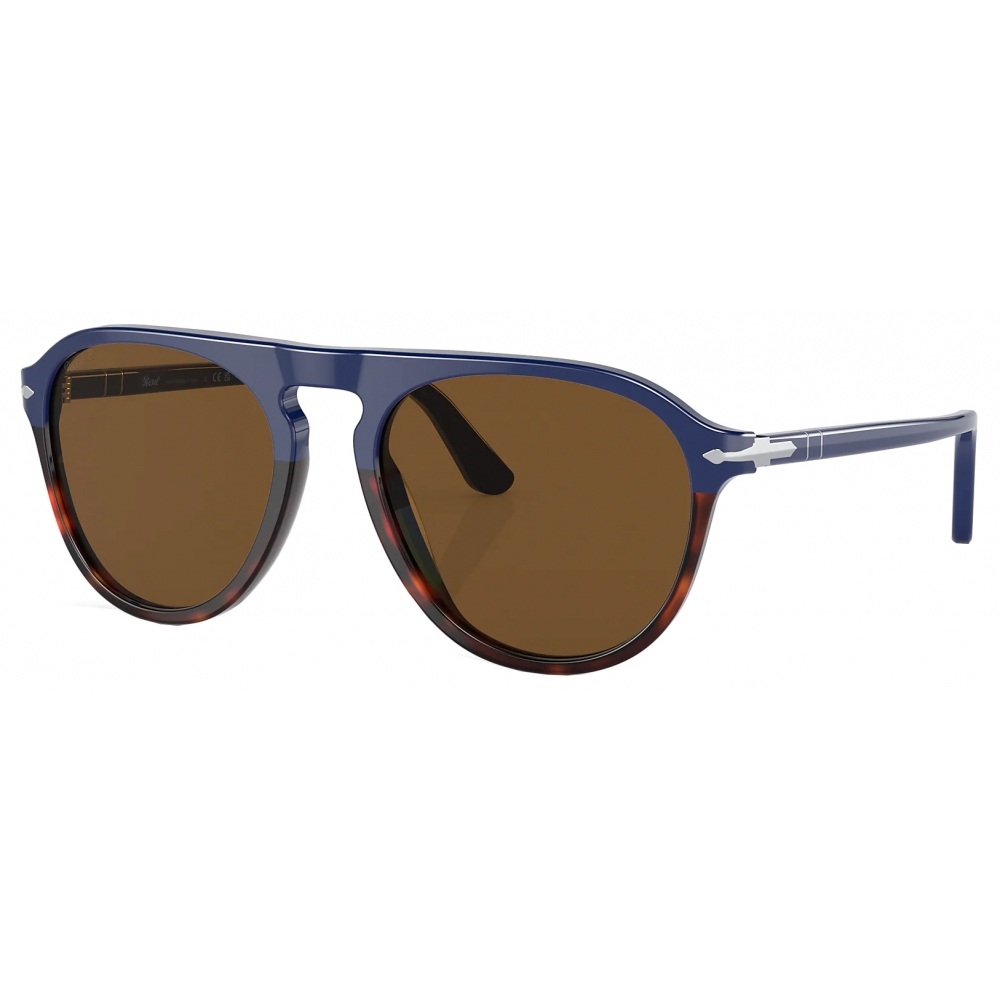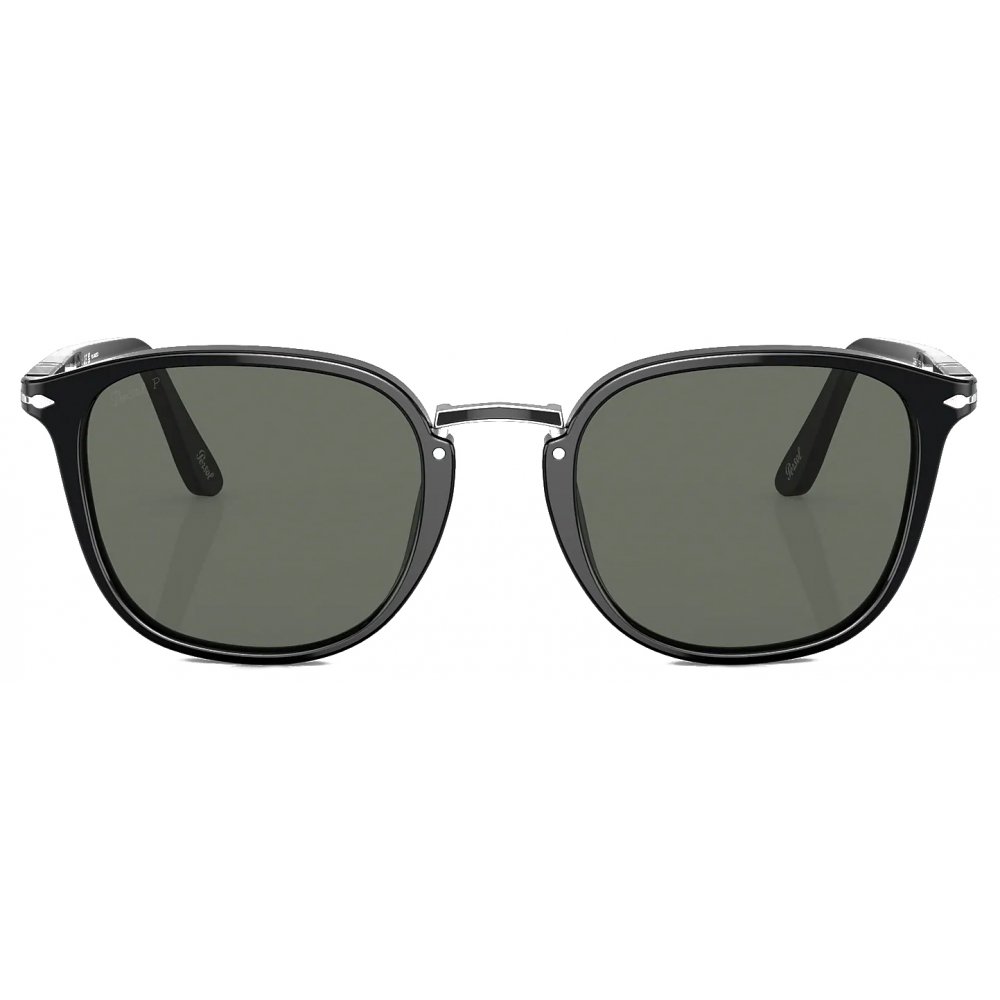Are All Persol Sunglasses Polarized
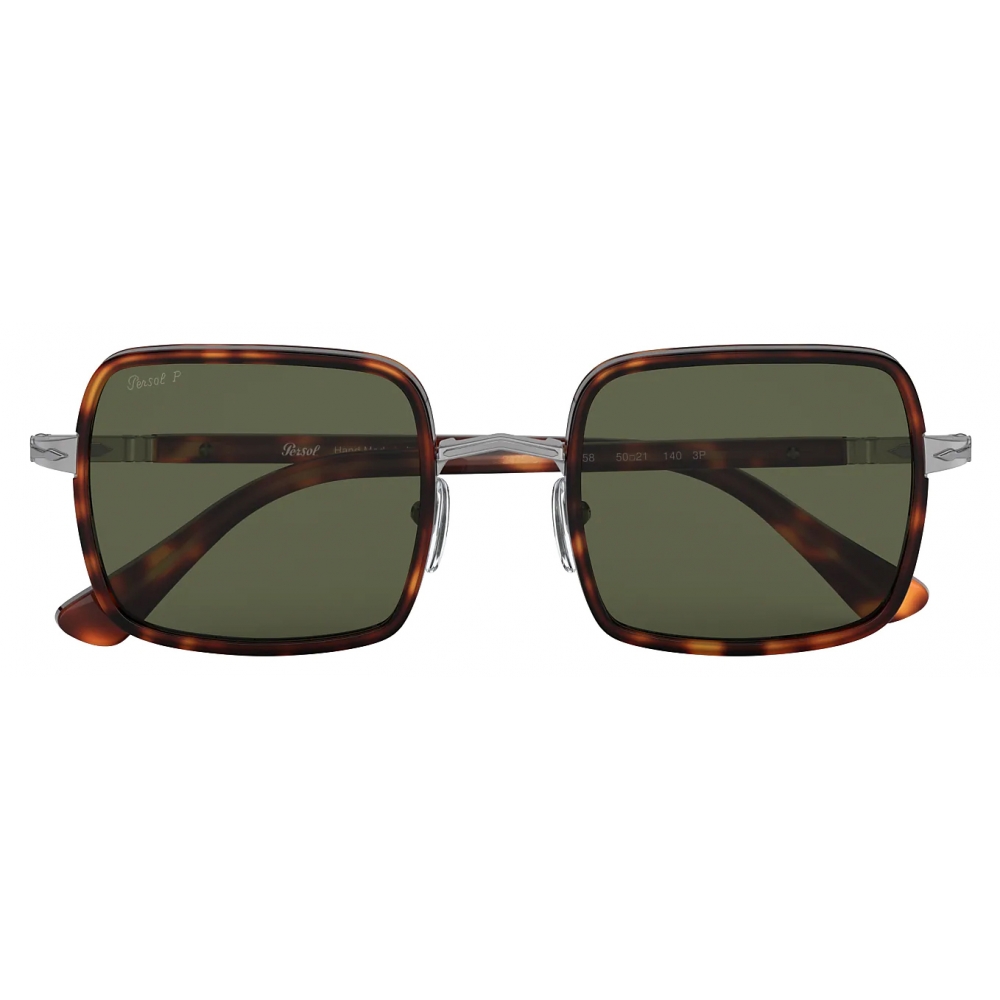
Persol sunglasses, renowned for their stylish Italian craftsmanship and iconic designs, are a coveted accessory for many. However, a common question among prospective buyers is whether all Persol sunglasses come with polarized lenses. The answer, while seemingly straightforward, requires a nuanced understanding of Persol's product line.
The core issue revolves around understanding that polarization is an optional feature offered by Persol, and not a standard across their entire collection. This distinction significantly impacts consumer choices, as polarized lenses offer enhanced visual clarity and glare reduction, desirable features for various outdoor activities.
Persol's Polarization Options: A Closer Look
Persol S.p.A., owned by Luxottica, produces a wide variety of sunglasses. Not all models are created equal in terms of lens technology. The availability of polarized lenses depends on the specific model and its intended use.
Key models often available with polarized options include the 649 and 714 series, famous for their Steve McQueen association. These iconic frames can be purchased with Persol's high-quality polarized lenses.
Identifying Polarized Persols
Identifying whether a pair of Persol sunglasses is polarized can be done in several ways. The most reliable method is to check the product description or specifications provided by authorized retailers or on the official Persol website.
Many polarized Persol lenses feature a small "P" engraving near the lens edge. This subtle marking indicates that the lenses are indeed polarized. Another method is to hold the sunglasses in front of an LCD screen (like a phone or computer) and rotate them; polarized lenses will darken or eliminate the screen's image at a certain angle.
"Persol offers both polarized and non-polarized lens options to cater to diverse consumer preferences and needs," states a customer service representative from a major online eyewear retailer.
The Benefits of Polarization
Polarized lenses work by blocking horizontal light waves, which are responsible for glare. This glare reduction is particularly beneficial in situations with reflective surfaces like water, snow, or roads.
Wearing polarized sunglasses can enhance visual clarity, reduce eye strain, and improve contrast. This makes them ideal for driving, fishing, skiing, and other outdoor activities where glare can be problematic.
However, some users might find that polarized lenses can interfere with viewing certain LCD screens or digital displays. This is a potential drawback to consider.
Impact on Consumers
The availability of both polarized and non-polarized options allows consumers to choose the lenses that best suit their individual needs and preferences. For those frequently exposed to glare, the benefits of polarization are undeniable.
Consumers who primarily use sunglasses for fashion or in situations where glare is minimal might find non-polarized lenses sufficient. The price point can also influence consumer choice. Polarized lenses typically carry a premium compared to non-polarized options.
Proper research and careful consideration of individual needs are essential when purchasing Persol sunglasses. Understanding the features of each model is crucial to making an informed decision.
Conclusion
In conclusion, not all Persol sunglasses are polarized. Polarization is an optional feature available on select models. Consumers should carefully review product descriptions and specifications or look for the "P" engraving to determine if a particular pair of Persol sunglasses offers polarized lenses.
By understanding the differences between polarized and non-polarized lenses and considering their individual needs, consumers can choose the Persol sunglasses that provide the best combination of style, performance, and value.
Ultimately, the choice depends on personal preference and intended use, solidifying Persol's commitment to providing a diverse range of eyewear options for its discerning clientele.
